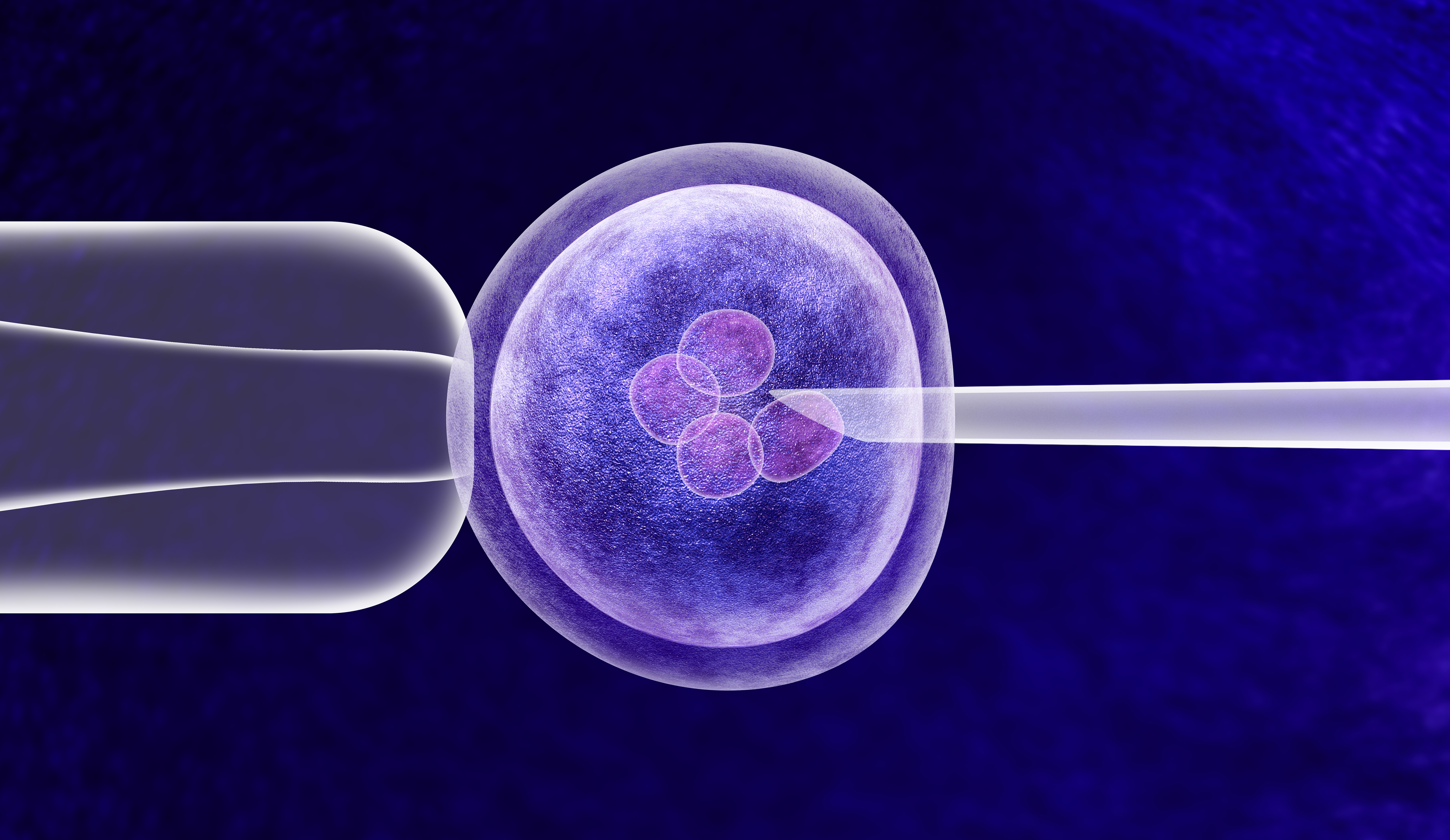Engineering future people would be a disaster
By Stuart A. Newman and Tina Stevens,
Medium
| 08. 03. 2020
Modifying genes shows promise in curing medical conditions in sick people. Should it be used to make irreversible changes in people who don’t yet exist? Current research suggests that this would be a big mistake.
Studies in animals, including one described recently in Wired, show that the gene manipulation technique CRISPR has a habit of inserting bacterial DNA along with the desired sequences into various sites in chromosomes, with unknown consequences. Even more alarming was a news article last month in the scientific journal Nature that bore the title “CRISPR gene editing in human embryos wreaks chromosomal mayhem.” It reported results described in three preprints — ready-to-be-published studies — by several prominent investigators in the field that attempted to make specific, targeted changes in the embryos’ DNA, the sort of alterations that might be tried to prevent a newborn from inheriting a gene associated with a disabling condition. There was no intention by the scientists to bring these embryos to birth. They were just being used experimentally to see if the technique worked. It didn’t.
Thus, even if the modification method were perfect, the variability of human biology means that we won’t know what the outcome will be. The new results, however, cast strong doubt on the CRISPR technique itself. In the words of...
Related Articles
Following a long-standing CGS tradition, we present a selection of our favorite Biopolitical Times posts of the past year.
In 2025, we published up to four posts every month, written by 12 authors (staff, consultants and allies), some in collaboration and one simply credited to CGS.
These titles are presented in chronological order, except for three In Memoriam notices, which follow. Many more posts that are worth your time can be found in the archive. Scroll down and “VIEW...
By Jonathan Matthews, GMWatch | 12.11.2025
In our first article in this series, we investigated the dark PR tactics that have accompanied Colossal Bioscience’s de-extinction disinformation campaign, in which transgenic cloned grey wolves have been showcased to the world as resurrected dire wolves – a...
By Jenny Lange, BioNews | 12.01.2025
A UK toddler with a rare genetic condition was the first person to receive a new gene therapy that appears to halt disease progression.
Oliver, now three years old, has Hunter syndrome, an inherited genetic disorder that leads to physical...
By Simar Bajaj, The New York Times | 11.27.2025
A common cold was enough to kill Cora Oakley.
Born in Morristown, N.J., with virtually no immune system, Cora was diagnosed with severe combined immunodeficiency, a rare genetic condition that leaves the body without key white blood cells.
It’s better...




